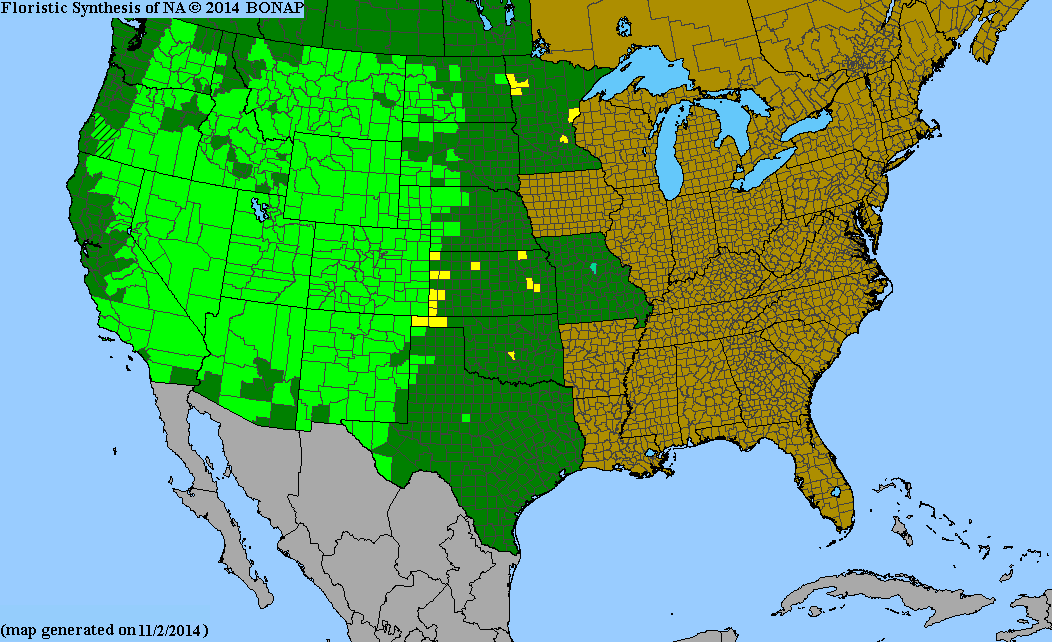Beehive Nursery
Achnatherum hymenoides (Indian Ricegrass) 50-500 seeds
Achnatherum hymenoides (Indian Ricegrass) 50-500 seeds
Couldn't load pickup availability
State grass of Utah, it has excellent cold and drought tolerance and will thrive in almost any location in Utah as long as the soil is well draining and gets 6+ hours of sun. NO HARMFUL SEED AWNS.
This decorative grass is more than just nice to look at with its tightly rolled leaves and seeds that dance on their stalks, is it the top choice for a drought tolerant grass in native yards and a key species in reclamation projects.
Excellent at controlling all forms of erosion, it grows well in dry places within sandy soil that receive a minimum of 6 inches of annual precipitation and needs little attention once started. 1-2.5ft tall.
The seeds start to ripen in early summer are relished by birds and small wildlife, and the forage by large wildlife. It also provides necessary cover for small animals such as gamebirds and rabbits. It is highly valued for wildlife habitat and biodiversity improvement. Seeds are ready to harvest once they easily shake off. Seeds are edible and can be ground into a flour known as montina.
Indian Ricegrass creates a nice understory for flowers and forbs to thrive under. It spreads moderately easily but it is easy to manage by clipping/mowing before it seeds. This plant will only reproduce by seed.
Easy to grow, you can start to plant and soon as the ground is workable by broadcasting or sowing 1/8inch deep. Also easy to start indoors in pots then transplant.





